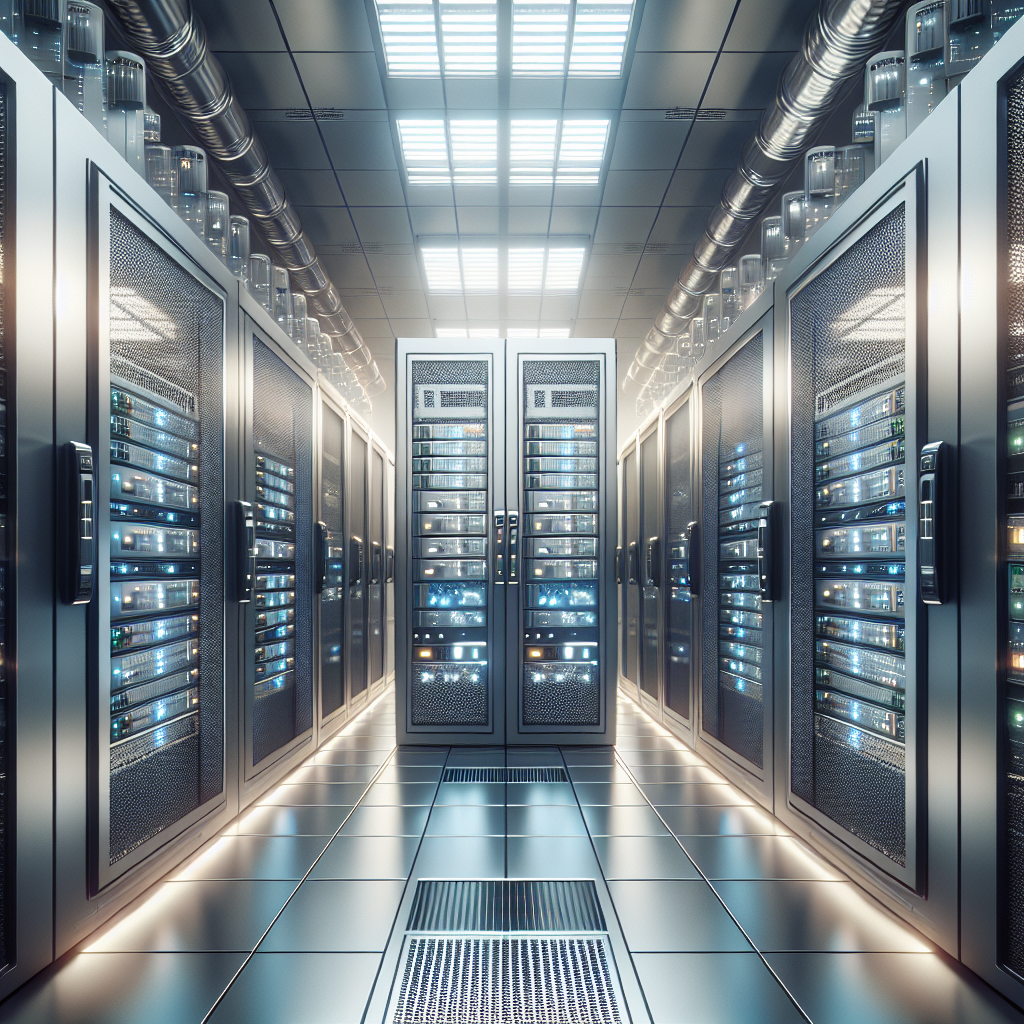Your cart is currently empty!
Best Practices for Data Center Cooling Management

In today’s digital age, data centers play a crucial role in storing and managing vast amounts of information for businesses and organizations. With the increasing demand for data storage and processing power, data center cooling management has become a critical aspect of ensuring the efficient operation of these facilities.
Proper cooling is essential to prevent overheating of servers and other equipment, which can lead to downtime, reduced performance, and even permanent damage. To ensure optimal cooling efficiency and energy savings, data center managers should implement best practices for cooling management. Here are some key strategies to consider:
1. Hot and Cold Aisle Containment: One of the most effective ways to improve cooling efficiency in a data center is to implement hot and cold aisle containment. By separating hot and cold air streams, this method helps to prevent the mixing of hot and cold air, reducing the workload on cooling systems and improving overall efficiency.
2. Use of Economizers: Economizers are devices that allow data centers to use outside air for cooling when ambient temperatures are low enough. By taking advantage of free cooling, data centers can significantly reduce their energy consumption and lower their cooling costs.
3. Temperature Monitoring and Control: Monitoring the temperature inside the data center is essential for identifying potential cooling issues and ensuring that equipment is operating within safe temperature ranges. Automated temperature control systems can help to adjust cooling levels based on real-time data, ensuring optimal conditions for equipment.
4. Proper Airflow Management: Proper airflow management is crucial for ensuring that cool air reaches all areas of the data center. By using floor tiles, perforated tiles, and blanking panels, data center managers can direct airflow to where it is needed most, improving cooling efficiency and reducing hot spots.
5. Regular Maintenance and Cleaning: Regular maintenance and cleaning of cooling systems, air filters, and equipment are essential for ensuring optimal cooling performance. Dust and debris can accumulate on cooling equipment, reducing efficiency and increasing the risk of overheating. Regular maintenance can help to prevent these issues and prolong the life of cooling systems.
6. Virtualization and Consolidation: Virtualization and consolidation of servers can help to reduce the overall heat load in the data center, making it easier to maintain optimal cooling conditions. By reducing the number of physical servers, data center managers can lower energy consumption and cooling costs.
In conclusion, data center cooling management is a critical aspect of ensuring the efficient operation of data centers. By implementing best practices such as hot and cold aisle containment, economizers, temperature monitoring and control, airflow management, regular maintenance, and virtualization, data center managers can improve cooling efficiency, reduce energy consumption, and lower cooling costs. By prioritizing cooling management, data center managers can ensure that their facilities operate at peak performance while minimizing the risk of downtime and equipment failures.

Leave a Reply